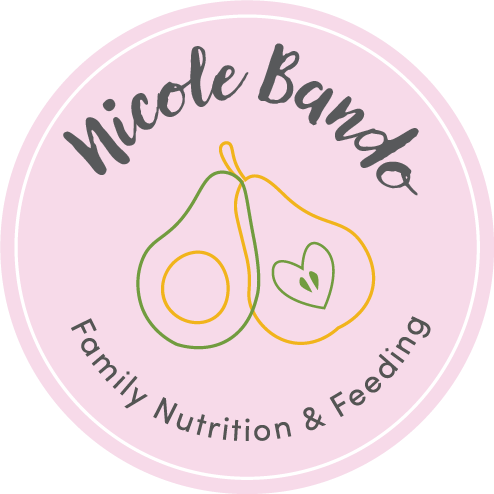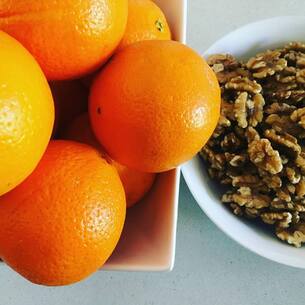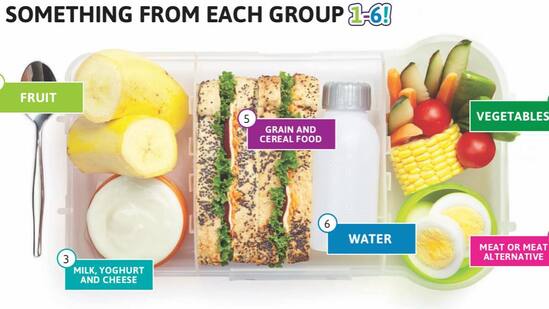
Thank you kindly to Victoria Hobbs for data collection.
Please note that our product review is unbiased, we receive no remuneration or commercial endorsement.
Rice crackers take up almost half a supermarket aisle and have become a daily snack in many diets; children love them. Are they are a healthy choice and how often should they be eaten? Let me cut through the marketing hype to help you make an informed decision at the supermarket.
Plain rice crackers – (Coles, ALDI, Sakata, Peckish)
Let’s take a peek at the nutrition information panel. Remember that ingredients are listed from most to least. The top 3 are rice flour, vegetable oil and salt. Refined white rice flour contains little of nutritional benefit and negligible fibre – which is not listed on some of the nutrition information panels; this is generally telling of the quality of a product derived from a grain, as it should be a valuable source of fibre. This tells us that the grain has been highly refined. In other cases, fibre is listed as less than 1g/100g – that’s negligible. (Note that a high fibre food is greater than 10g/100g).
Rice crackers have a high glycaemic index; they are rapidly digested and cause a spike in blood sugar levels, closely followed by a crash. A subsequent drop in energy levels and surge in hunger results, usually soon after eating. The lack of fibre means they are not satisfying, making it is easy to eat above and beyond the portion size. Energy, sodium (salt) and fat content are similar between brands. They qualify as a moderate to high salt food. Read on for a healthier alternative.
Flavoured rice crackers – vegetable, cheese, BBQ, sour cream and chives (Coles, ALDI, Sakata, Peckish)
This line contains a similar quantity of refined rice flour, with the next ingredients either soy sauce or cheese powder; for seaweed and cheese or pizza flavours. The sweet carrot option lists rice flour, rice bran oil and 3% carrot – that’s not a source of vegetables, and merely a marketing gimmick. The seaweed crackers are extremely high in sodium, with Sakata clocking in a hefty 971mg/100g and Coles 690mg/100g. Thirsty? (A high sodium food is classified as greater than 400mg/100g).
Energy content is similar across products; Peckish sour cream and chives contain the greatest kilojoules, though are significantly lower in sodium than the other flavoured options. Cheese, when listed is in the form of powder; which offers no nutritional benefit.
What about Healtheries Kidscare Rice Wheels?
This product is located in the health food section, a marketing ploy to lull shoppers into a false sense of security. It is targeted at parents wanting to do the best by their kids. The nutrition claims on their website (see example, below) are questionable.
- ‘Scrummy, bite-sized, crunchy rice snacks that are ideal for healthy school lunches’
The product contains negligible nutrition, fibre and a significant amount of sodium 705mg/100g. There is not much difference in kilojoules between a packet of these and a snack-sized packet of potato chips, despite the difference in fat content. In fact some brands of chips have less salt. At least they don’t fill too much valuable tummy space in growing children, though if eaten regularly they are taking the place of more nutritious foods.
These, along with flavoured rice crackers in general are definitely classified as an occasional food, similar to potato chips.
Wholegrain, seeded and brown rice crackers
These varieties have more nutritional clout than the rest of the range, with Sakata Wholegrain Original Rice crackers the best of the options we reviewed. They are a high fibre biscuit with 9.4g/100g and moderate sodium (just).
The Coles brand brown rice and seed/grain options are lower in sodium and a better choice than their plain white rice counterparts; though are still classified as low fibre.
The verdict
The wholegrain options take the prize (Sakata specifically). When choosing rice crackers, opt for the brown rice or wholegrain varieties, reduced salt if possible. Note the suggested portion size of 10-13 crackers. Whether opting for plain or wholegrain varieties, serve with protein such as low fat cheese, tzatziki, hummous and chopped vegetables for a balanced and satisfying snack that will keep blood sugar levels more stable.
It’s OK to enjoy the other options occasionally, but a highly refined food shouldn’t feature daily in anyone’s lunch box. They are definitely the white bread equivalent of biscuits and easy to over consume, which can contribute to weight gain over time. The salt content can also contribute to high blood pressure over time.











